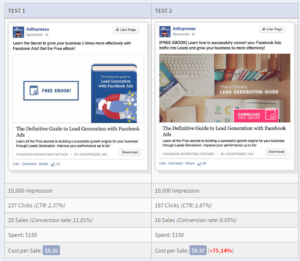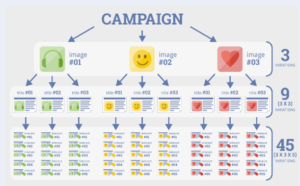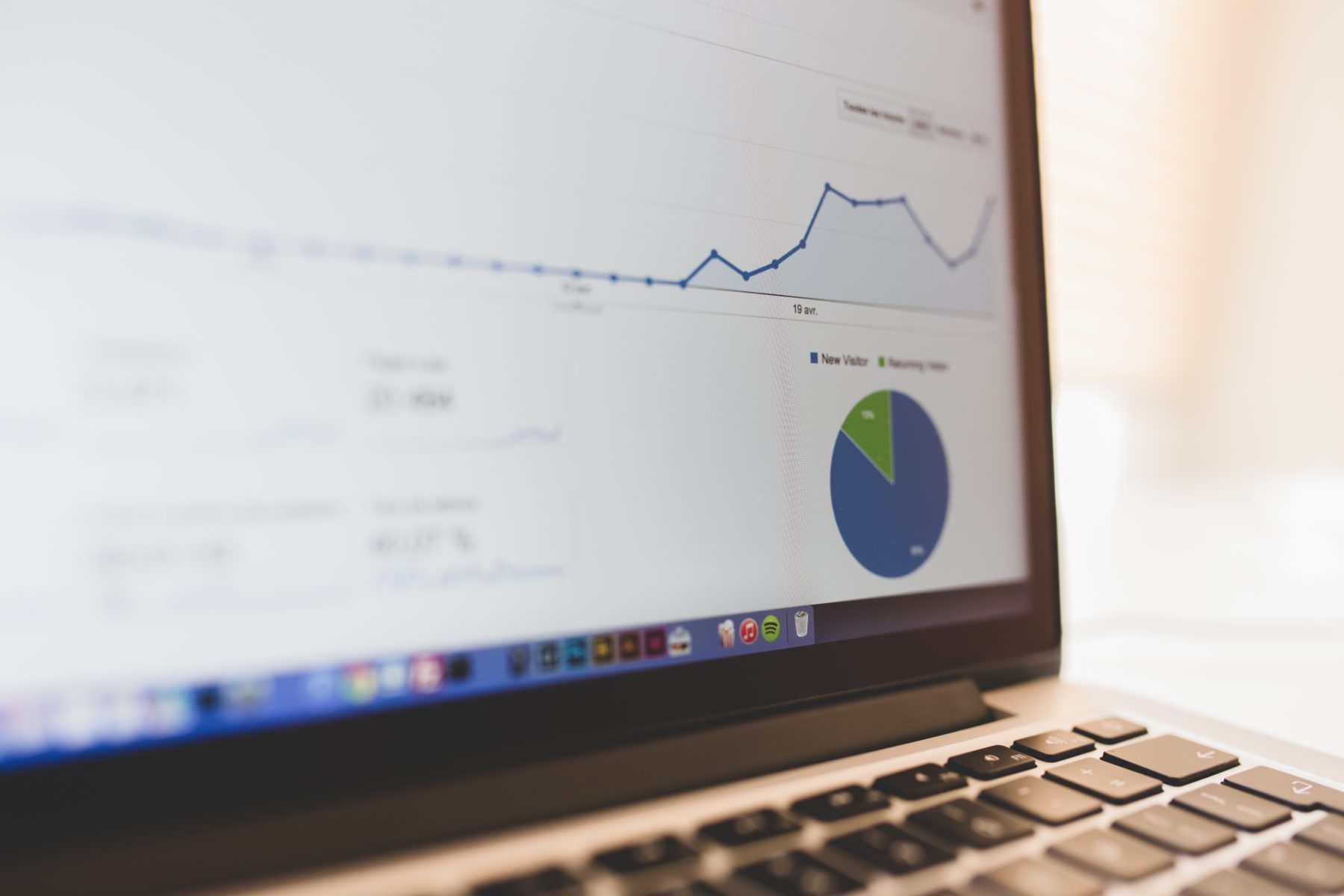If You’re Not Split Testing, You Should Be
Are we digital marketers or are we digital marketing scientists? I would probably say the latter. Split testing is another tool in our scientific tool box that you should be using if you are running any paid social campaigns.
What is split testing?

A/B Test Example by AdEspresso
Split testing is a method of optimizing ads by determining the most effective photos, headlines, copy, and ad formats by testing them. Split testing is also sometimes referred to as A/B testing. Split testing/ A/B testing is also commonly used for website testing and other display ad testing. Overall, A/B testing is a tool used to ensure you are running the strongest ads possible.
Why should I be A/B testing?
Luckily, some ad platforms, such as Facebook, automatically do some sort of A/B testing. Facebook determines which of your ads are performing best, and then shows it more often, but then you are still left wondering why it is performing better than others. A/B testing allows you to identify best practices, including which ad formats work best with your audience. It also saves a lot of money during the actual campaign, especially if the campaign is a relatively high spend. As you can see above in the example from AdEspresso, the ad on the left outperformed the ad on the right.
How do I A/B test?

A/B Test Flowchart by AdEspresso
A/B testing can be time consuming, or not, depending on how many variables you want to test. The photo from AdEspresso demonstrates how three images quickly becomes 100 test ads. Instead, you can choose to test only a few variables. For example, if you know your objective is to drive people to your website, there is no need to test campaign formats because you will just choose the website click format.
So, let’s say you want to test three phots and three sets of copy. You would set up three ads with the different copy for each photo, resulting in a total of nine ads. If you have a much larger amount of testing, tools exist to make the process less time consuming, like AdEspresso. Note that since Facebook automatically chooses which ad to show most within an ad set, A/B testing in Facebook needs to be done in two separate ad sets in order to maintain an even budget distribution.
What variables should I be testing?
First, keep in mind that it is always best to start A/B testing with the largest variables, such as photos or ad formats followed by demographic targeting, etc. A study conducted by AdEspresso found that within ad targeting, the most important variables are country, gender, interests, and age. You likely know your audience’s country and gender, so spend a little time optimizing the Interests targeting. Rather than entering a bunch of interests, only use one because Facebook will target anyone who has ONE of the interests listed, not all of them.
A/B testing also tests ad design. This includes the graphic, title, call to action, placement, landing page, link description, and copy. Additionally, ad targeting should be tested. This includes demographic and psychographics such as age, gender, behaviors, location, income, workplace, job title, relationship status, plus so many more options.
Conclusion
Overall, A/B testing is a great way to ensure you are running the best ads that will result in as many results as possible. Have you A/B tested before? What were the most important variables to test for you campaign? Let us know in the comments.
 -Maggie Weldin │ New Media Strategist
-Maggie Weldin │ New Media Strategist
Do you want insightful articles sent straight to your inbox? Subscribe to the Plaid Swan blog here.

